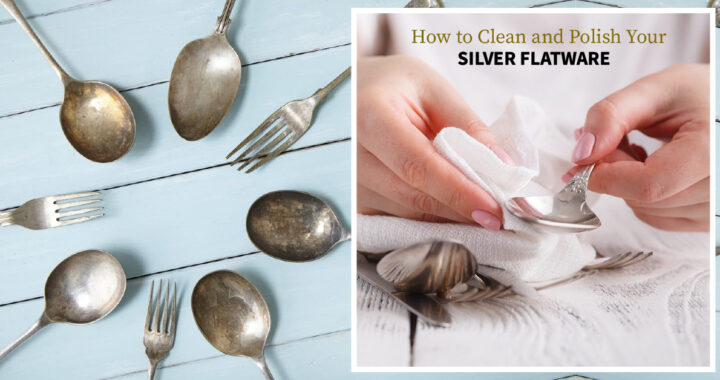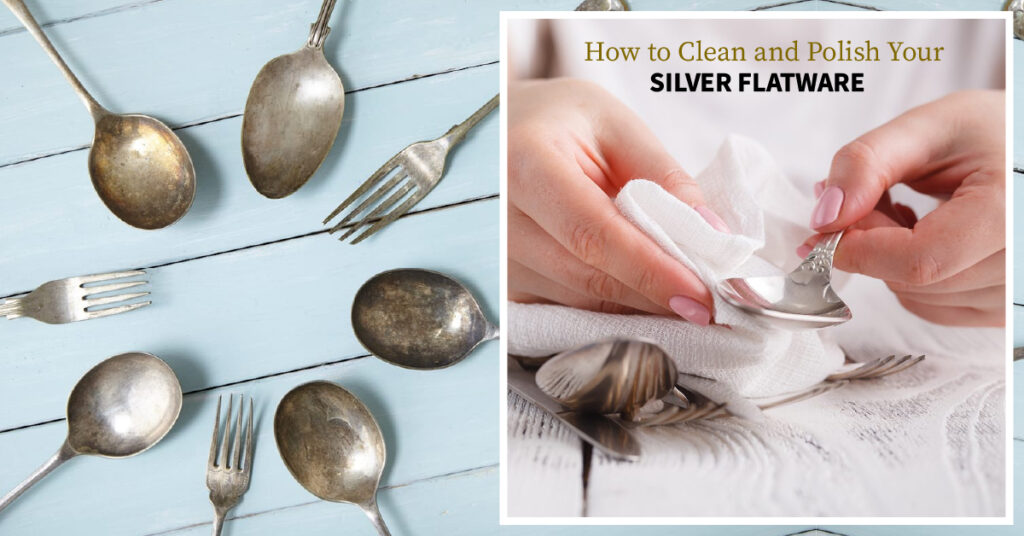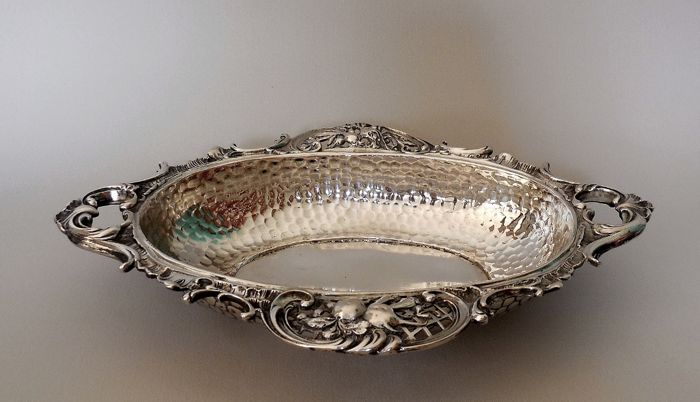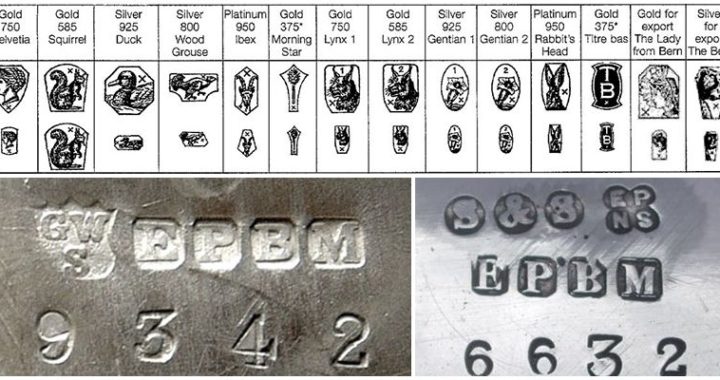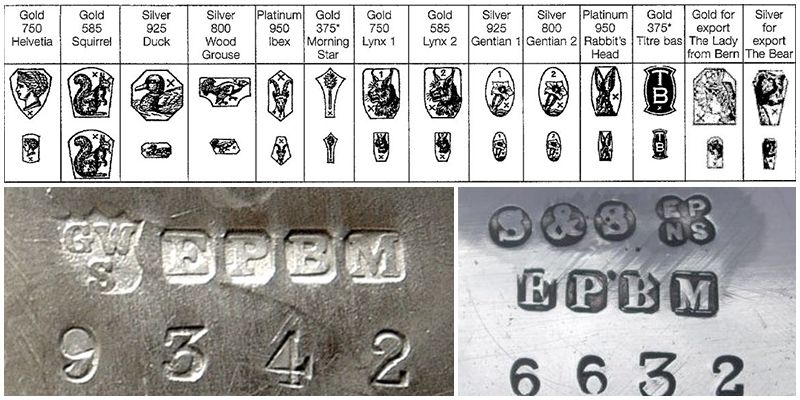One of the most beautiful pieces of silver you can have is a sterling silver tea set. These sets are elegant but also quite functional. Antique silver tea sets are often passed down through families and come to be known as treasured heirlooms. Unfortunately, as with any silver, these tea sets need to be kept in good condition in order for them to remain looking as great as they do. If you have an antique silver tea set, here are some tips for keeping it looking beautiful and functional.
Use It
One of the best ways to keep your silver tea set looking great is to use it regularly. While some antique silver tea set collectors are concerned that regular use will result in the set tarnishing, the opposite is actually true. When you frequently use your silver tea set and clean it properly, it will actually remain looking as elegant and beautiful as the day you inherited it.
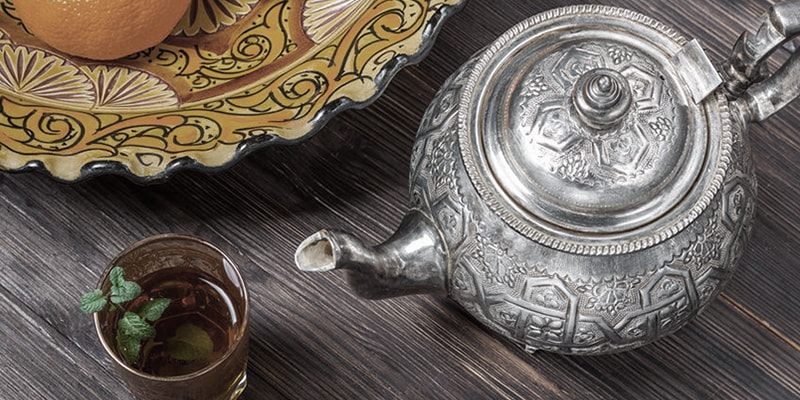
Polish It Regularly
Whether you use it frequently or infrequently, you do need to make certain that you polish the tea set at least yearly. If you use it more often, you may want to polish it after each use or at least every few months. When you see spots on your tea set that look brown or light gold, you know it’s time to give it a polish. The best way to do so is to use standard silver polish and a soft cloth.

You can use some basic household items such as toothpaste or cornstarch to polish your silver, but you can also buy specific silver polishes. Just make sure the polish is designed for use on silver. This is the safest option to keep your silver tea set looking amazing. For tea sets that have very intricate etched designs or have areas that are hard to get into, you can use a cotton swab or even a soft-bristled toothbrush to clean it.
Rinse Out the Set After Use
Many silver tea set buyers look inside the tea pot and carefully inspect each item to make certain they were cleaned after use. Always rinse out your tea set before you put it up, but also be sure that no water is left. Wipe out all of the water before you put your tea set up since it can cause spots to appear. Make certain you clean your tea set if it comes into contact with anything that contains citrus, vinegar, or other corrosive foods. These foods can quickly cause damage if left in contact with the silver.
Storage
If you’re looking to buy sterling silver tea sets online, always ask how the tea set has been stored. Silver needs to be kept away from excessive heat and air. Ideally, it will be kept in an airtight chest or drawer. Many silver sets designed for use with hot beverages actually come with some kind of airtight container to store them in. Again, make sure that the tea set is completely dry before you store it in any of these containers. You should also wrap each piece in felt, cotton, or an acid-free paper before storing it.







